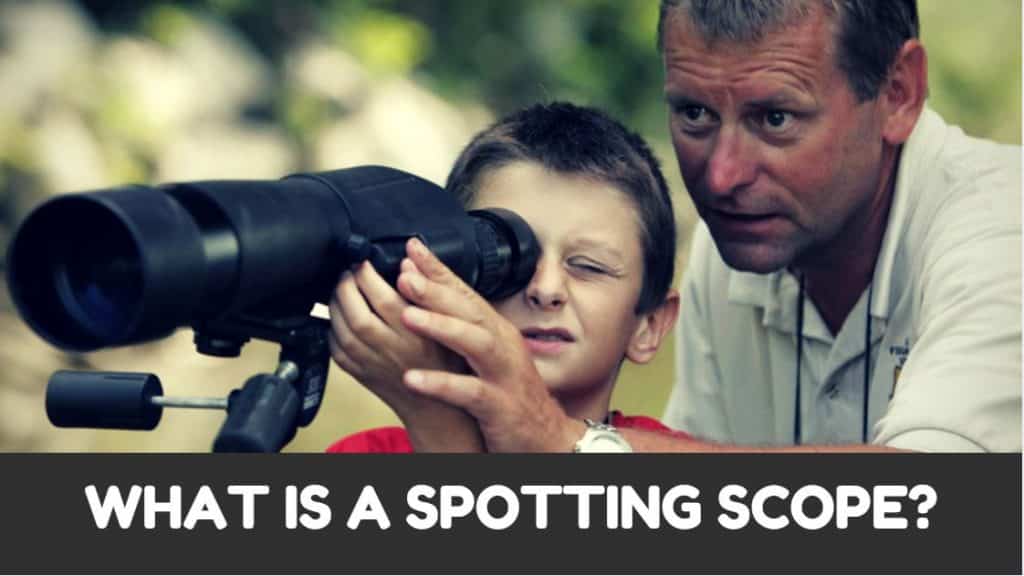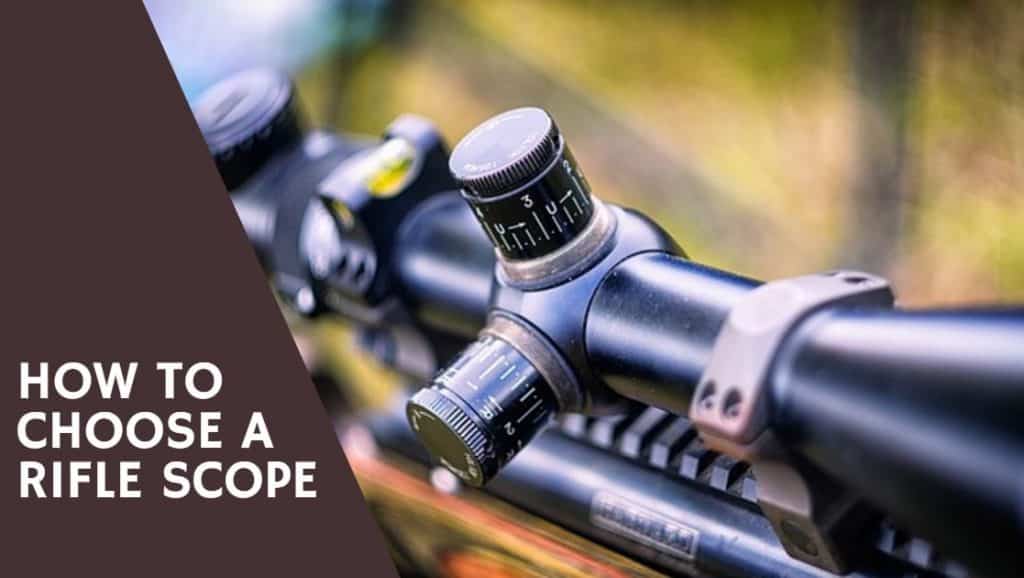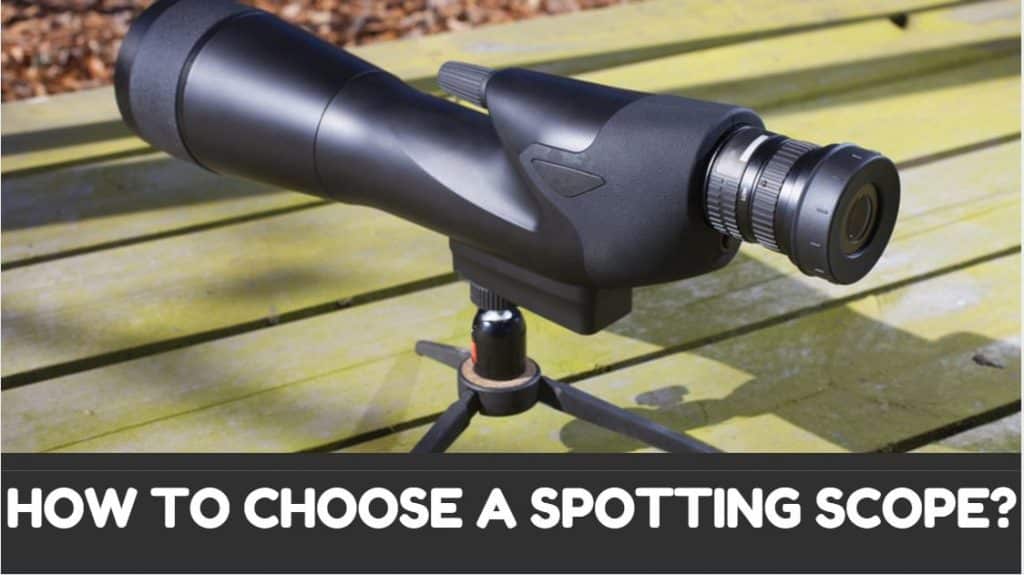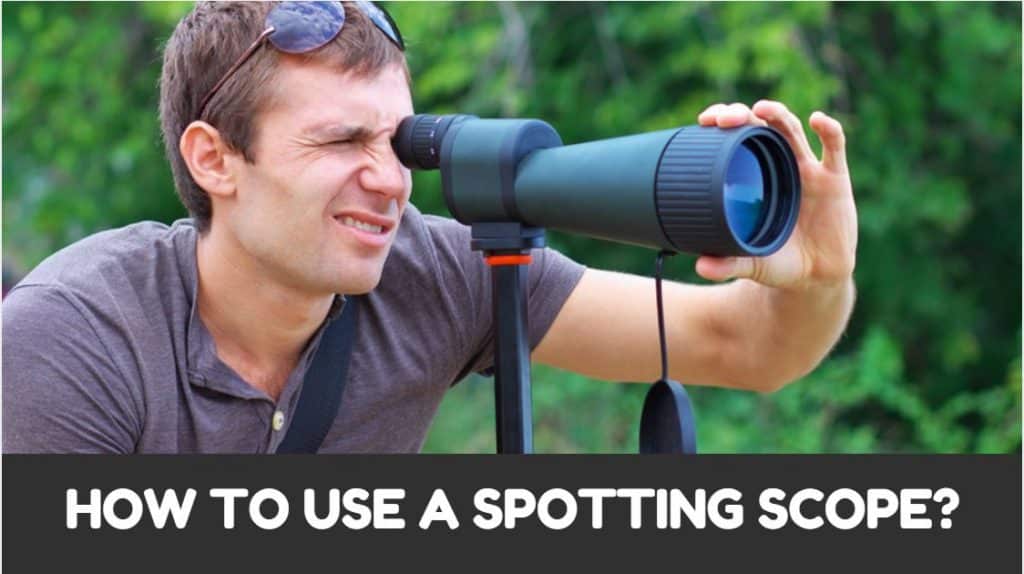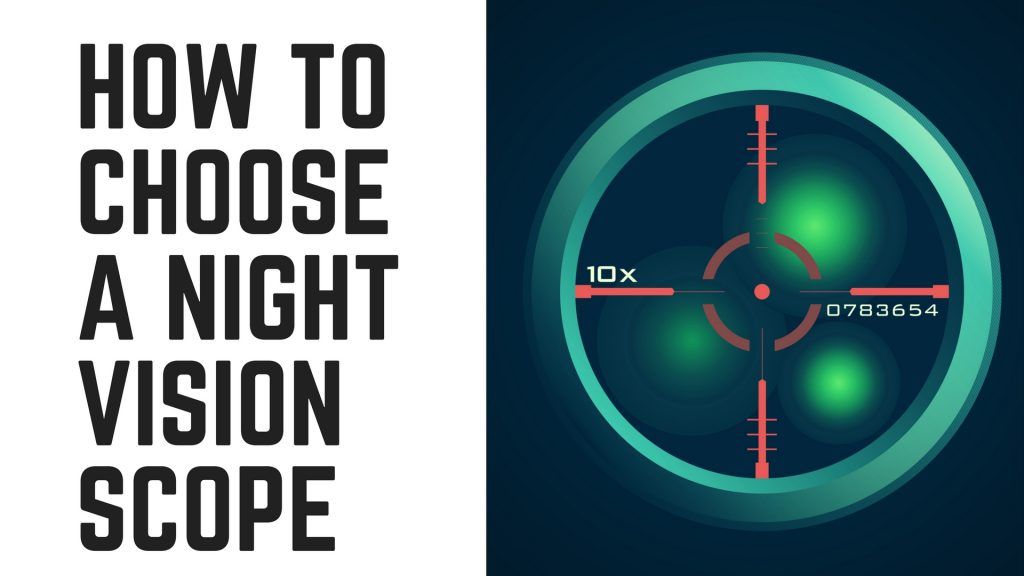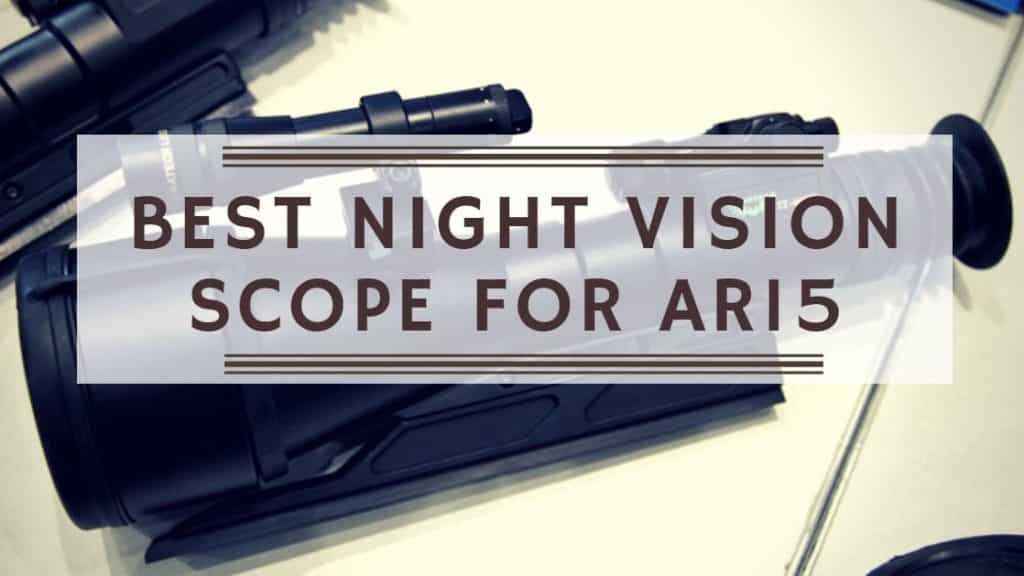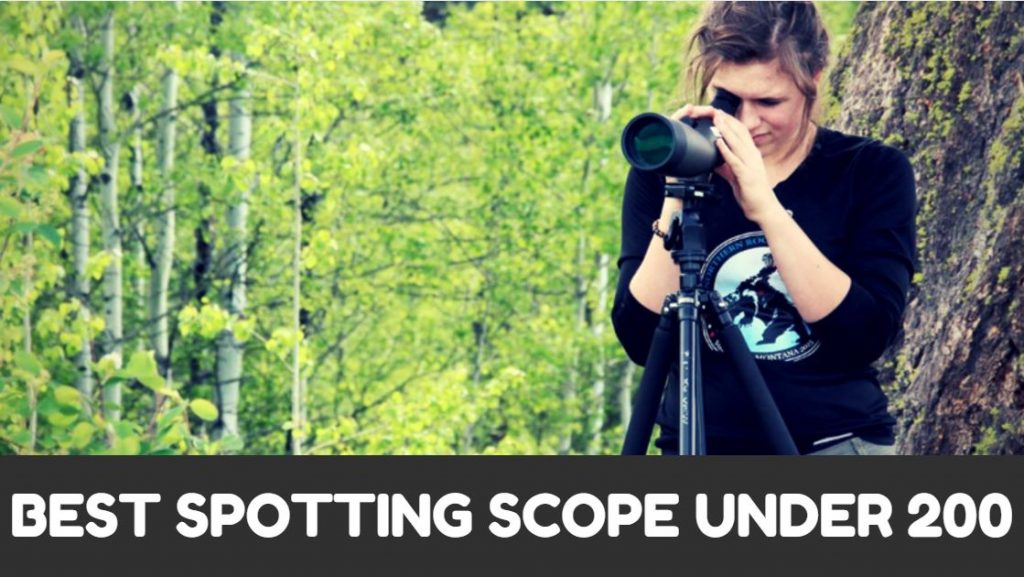What is a spotting scope: This is the first part of our 5000+ words Spotting Scope Guide for Beginners. This article is followed by two others: How to use a Spotting Scope, and How to Choose a Spotting Scope? We hope you enjoy this guide.
What is a Spotting Scope?
Spotting Scope vs. Telescopes vs. Binoculars
A spotting scope is a type of telescope. It is smaller in size and is used during the daytime as opposed to an astronomical telescope. Though telescopes and spotting scopes are often confused with each other, they come with key differences, which include the following:
- When using a spotting scope, the images are always upright while a telescope produces a reversed or an upside-down image
- Spotting scopes are smaller in size as compared to telescopes thus making them portable as well as ideal travel companions
- Spotting scopes have lower magnification making them ideal for daytime use as opposed telescopes that are best used in the night to view stars
- You can use a normal camera tripod to hold a spotting scope. On the other hand, you will need to buy a specialized mount for telescope
- You will find great weatherproofing features such as waterproof and fog proof with spotting scopes, which are rare with telescopes
Compared to a pair of binoculars, spotting scopes provide higher magnification whereas the binoculars come with relatively low magnification.
Spotting Scope Uses
The key purposes of spotting scopes include hunting, landscape viewing, wildlife and bird watching, surveillance, as well as observing any distant objects. Spotting scopes also come in handy when you are looking to take photos from a distance. Lastly, you can use your spotting scope for scoring targets when shooting targets on a rifle, pistol or archery range. This makes spotting scopes versatile. Its use/application will determine the features you go looking for when buying a spotting scope.
So after introducing what is a spotting scope, we will give you an overview of the features of a spotting scope. If you are interested in buying a spotting scope, then you can check our buying guides:
Now, let us look at the features of a Spotting Scope.
Magnification
You will notice that the name or model number of most spotting scopes includes three numbers. The first two numbers denote the range of magnification offered by the scope and the last number represents the size of the objective lens (front). So if you see a 15-60×80 model, then, the spotting scope you have has a magnification ranging from 15x to 60x and an objective lens of 80mm diameter.
The magnification of a spotting scope starts where conventional binoculars stop and it will vary from one spotting scope to another. While the lower magnification can be used for day-to-day activities, those with higher magnification serve intense viewing purposes such as hunting, bird watching, wildlife, as well as watching sports. When looking at a spotting scope, you will realize three numbers on it. The first two numbers represent the magnification.
This makes spotting scope images clearer as compared to a pair of binoculars. However, there are a couple of determinants that impact the real-world performance of magnification. These determinants are the atmosphere and your spotting scope’s optical system.
Optical System
The optical system impacts the clarity of the image as the magnification goes up. Regardless of the money you spend, you will notice that the overall quality of the image tends to go down as you increase the magnification. However, how much and how fast the image loses details depends upon the quality of the optical system and the overall design and size of the scope.
With inexpensive spotting scopes, you will see the image becomes blurry quickly when the magnification goes up. Premium spotting scopes, on the other hand, tend to lose fewer image details, even at 60x magnifications.
However, those who need sharp images even after going up to the highest magnification levels will have to stretch their budget. Only the really premium quality spotting scopes are able to demonstrate such quality.
Most of you don’t need to go overboard as magnifications between 30x and 40x, are enough for most applications. Even the inexpensive spotting scopes will provide reasonable image quality at lower magnifications, which are suitable for most hunters, target shooters or birders.
Objective Lens
The objective lens comes in different sizes. The larger the objective lens, the more detail you can view off an image with better quality particularly at higher magnifications. When looking at the objective lens to work with, it is important you consider quality along with size. A large objective lens does not necessarily mean it’s of higher quality.
The lens of a spotting scope can also be improved with the help of superior quality glass. Some of the glass we recommend include ED glass, APO glass, Fluorite glass, as well as HD glass. They come at different prices and depending on your budget, you will be able to find one. They offer better quality images as opposed to using just the standard glass. If you have concerns about portability, you may need a smaller model that features any of the special glass.
In an effort to boost image quality and performance of the spotting scope at higher magnification, the lens is coated to improve the transmission of light. The different lens coatings include fully coated, multi-coated, as well as fully multi-coated. Most high-end models come with a fully multi-coated lens.
If you intend to use your spotting scope with a camera, then the close focus is a pretty handy feature. It is recommended that you go for spotting scope which allows for a close focus of fewer than 20 feet.
Eye Relief
Eye relief refers to the distance allowed between your eye and the eyepiece while still being able to see the complete field of view. This feature comes in handy if you wear eyeglasses or if you are not in a position to get too close to the eyepiece.
When looking for a spotting scope, it is recommended that you go for about 16-18mm of eye relief if you wear regular eyeglasses. However, if your glasses are thicker, you will need higher eye relief for you to view the entire field of view.
Image Quality
Image quality varies depending on the usage of the spotting scope. That’s why we recommend that you buy a spotting scope after considering what you intend to use it for. Also, consider the features that are important to you as they will impact your budget.
You will be able to use even a low priced spotting scope model for most applications at lower magnification and in ideal lighting conditions. Although a high-grade model will cost you more, you will be able to use it even at higher magnifications while retaining the quality of images.
Prism Type
Prism design is responsible for ensuring that the image right side up as well as correct it right to left. The prism ensures that you see an upright image. Most spotting scopes on the market are refractors, i.e. they use the same design as binoculars. There are two common types of refractor prisms:
Porro Prism
The most common prism is the Porro prism and for good reason too. We recommend Porro design due to the efficiency of its optics as compared to other prism designs. Its other advantages include affordability as well as ease of use. The preferred glass for a Porro prism is the Bak-4. The other alternative is the Bak-7, which is relatively low in quality as compared to the Bak-4.
Porro prism also comes with other features such as interchangeable eyepieces and camera adapters, which you will not find with a Roof prism.
Roof Prism
Roof prisms have the advantage of being lightweight as well as slim and compact. However, they are not as efficient when compared to Porro prism. If you intend traveling a lot and are looking for a light and easily portable spotting scope, a Roof prism is highly recommended. In an effort to boost the performance of the roof prism, it is recommended that you choose one with a PC (phase-coated) roof prism.
Other than refractors, the market also offers other designs such as a Maksutov design. This design is on some models and they use similar eyepieces as those on astronomical telescopes. This makes it ideal for individuals who want to use their spotting scopes both during the day as well as during the night.
Eyepieces
When shopping for a high-end spotting scope, it is best that you check if the price includes an eyepiece or not. Most inexpensive or low-end spotting scopes come with an attached eyepiece. But, the premium spotting scopes come with removable eyepieces.
The ability to remove the eyepiece allows you to have a variety of eyepieces you can use for different applications. For this purpose, some high-end spotting scopes do not come with an eyepiece and you may have to buy it after purchasing the scope.
When buying a spotting scope, if you see that it is a “body only” model, it means that you will have to buy the eyepiece separately.
Although single power eyepieces provide the optical advantage, many hunters prefer the convenience of a zooming eyepiece. Such zooming eyepieces come in handy when you are not in a position to switch eyepieces and need to change magnification quickly.
While buying eyepieces, we recommend that you avoid going for eyepieces which have low quality or poor eye relief. Although you will need to spend more to get high-grade zoom eyepieces, it would be totally worth the investment.
Weight
The weight of a spotting scope might be an important consideration depending on your usage. So you should carefully consider the weight based on how and where you intend to use the spotting scope.
If you are a hunter who is constantly on the move, then we recommend going for a lighter spotting scope. But, if you intend to fix it on a given spot, mount it on a car and use it with a tripod stand most of the time, then even a heavier model should be ok.
You should remember that although it is easy to transport the spotting scope and tripod using your car, it is altogether a different task to hike with the equipment on your shoulder.
Tripods
A tripod plays the role of holding the spotting scope to provide a stable image. While hunting, you cannot handhold the spotting scope through the entire trip. Also often there would be windy conditions where you would need stability to view images clearly.
So we recommend that you invest in a tripod to boost stability and improve the performance of your spotting scope. The basic rule when buying a tripod is that heavier the spotting scope, the heavier the tripod you should purchase.
You do not have to go looking for a special tripod simply for a spotting scope if you have one for your camera. All spotting scopes have a camera like threading that can fit any tripod.
Camera Adapters
You can use several of the spotting scopes on the market today with your camera. And, they are compatible with almost every camera in the market. While SLR cameras require specific adapters, you can attach a point and shoot camera to right about any spotting scope using a universal adapter. This is commonly referred to as ‘digiscoping’. It allows you to capture images on your camera with the help of your spotting scope
Protecting Your Spotting Scope
There are nylon cases available on the market to serve as a protective cover for your spotting scope. Such nylon covers protect your spotting scope from scratches as well as drops ensuring that it serves you for a long time. Most such nylon cases will protect your scope while they are stored while some can be left on even during use.
While waterproofing is not a necessity, it is a great added advantage in protecting your spotting scope. Other than protecting your scope from moisture and water, it also protects it from dust and dirt. This will ensure that it serves you for a long time in all types of environments.
Atmosphere
The atmosphere refers to the surrounding environment and the seeing conditions it offers. This will include conditions such as dust, glare, possible heat waves, humidity, as well as the air current. These factors affect your vision and with your spotting scope, you need to identify the right magnification to enable better viewing. Your magnification will change depending on how drastic the surrounding is.
In addition, the atmosphere plays a major role in controlling how much you can see from a given distance. When the atmosphere is accommodating and the surroundings are clear, you will be able to view much more detail on an image as opposed to when the atmosphere is misty and humid.
You can get great details even while using a lower magnification when the surroundings are clear. However, you will be required to increase magnification if the atmosphere is not very accommodative.
We hope we have able to help you understand what is a spotting scope and it’s important features. If you think we have missed listing out any important feature then please let us know through the comments section and we will try to include it in our next update of this article.
Read Next:
Best Spotting Scope for 100 Yards
Last Updated on December 9, 2023 by Victor Mays
